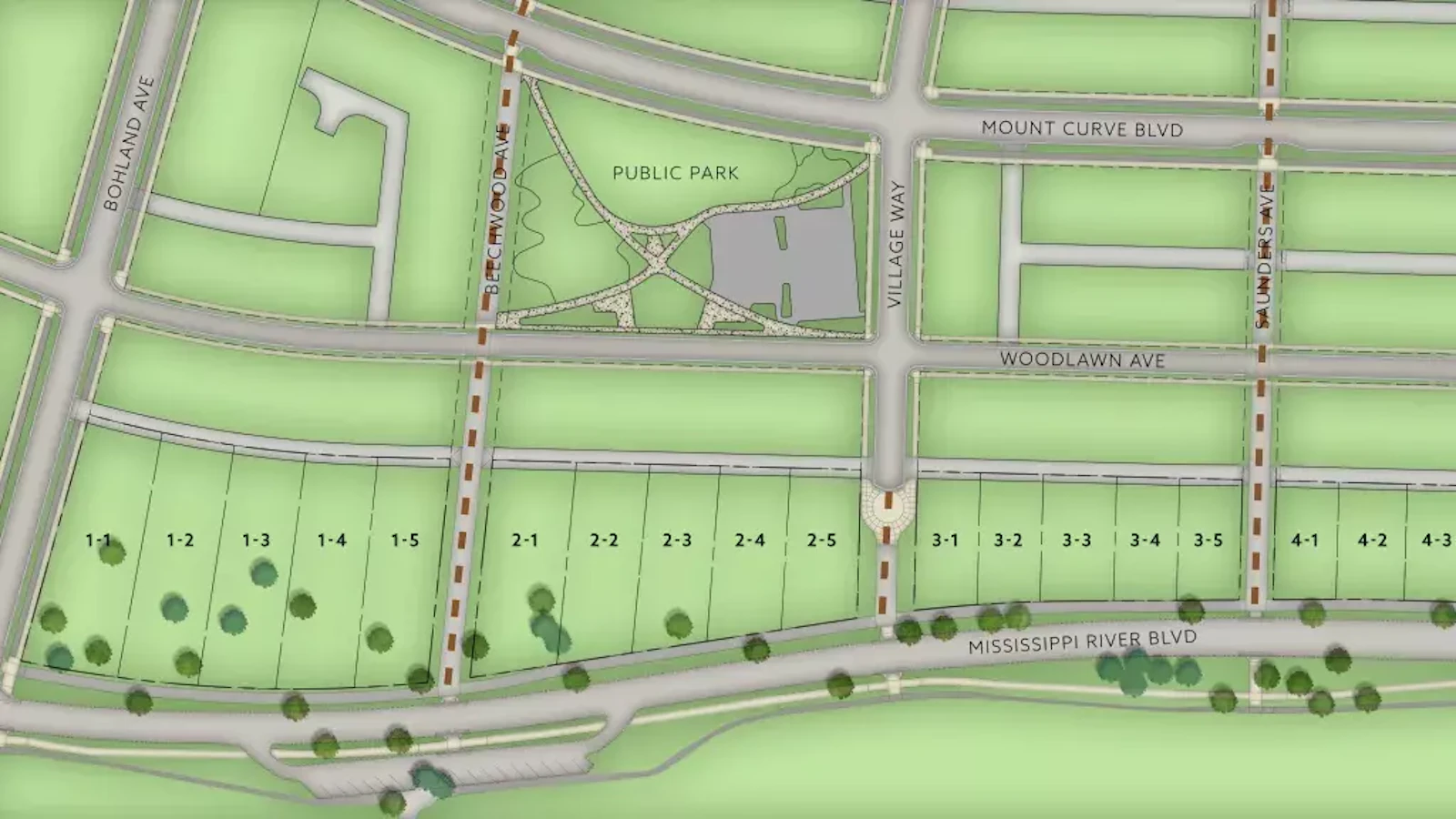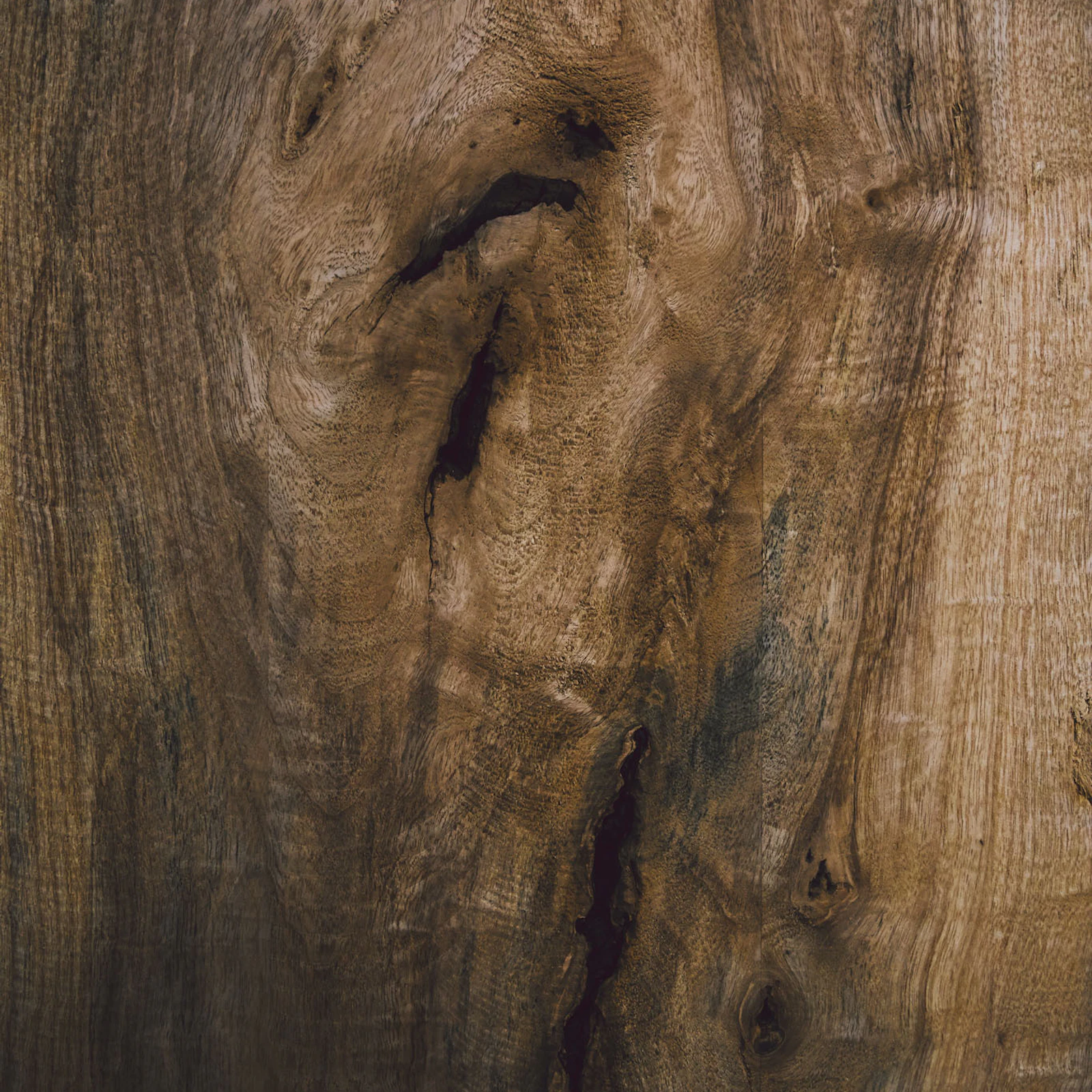Highland Bridge Custom Homes offers a unique opportunity to purchase a lot along the Mississippi River to build your custom home. Located in the heart of St. Paul, the community features 55+ acres of parks and greenways and will be the most sustainable neighborhood in Minnesota.
From shopping and dining to nature walks and river access, Highland Bridge offers a great balance of city living and an abundance of gorgeous natural beauty right out your doorstep.
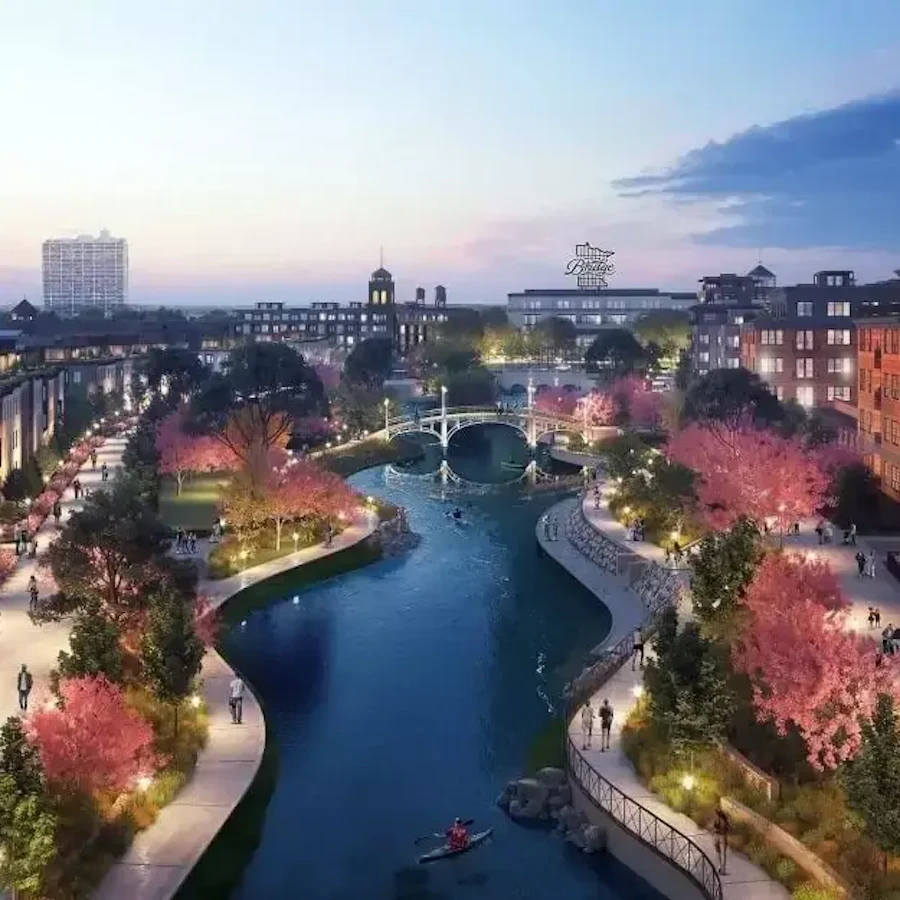
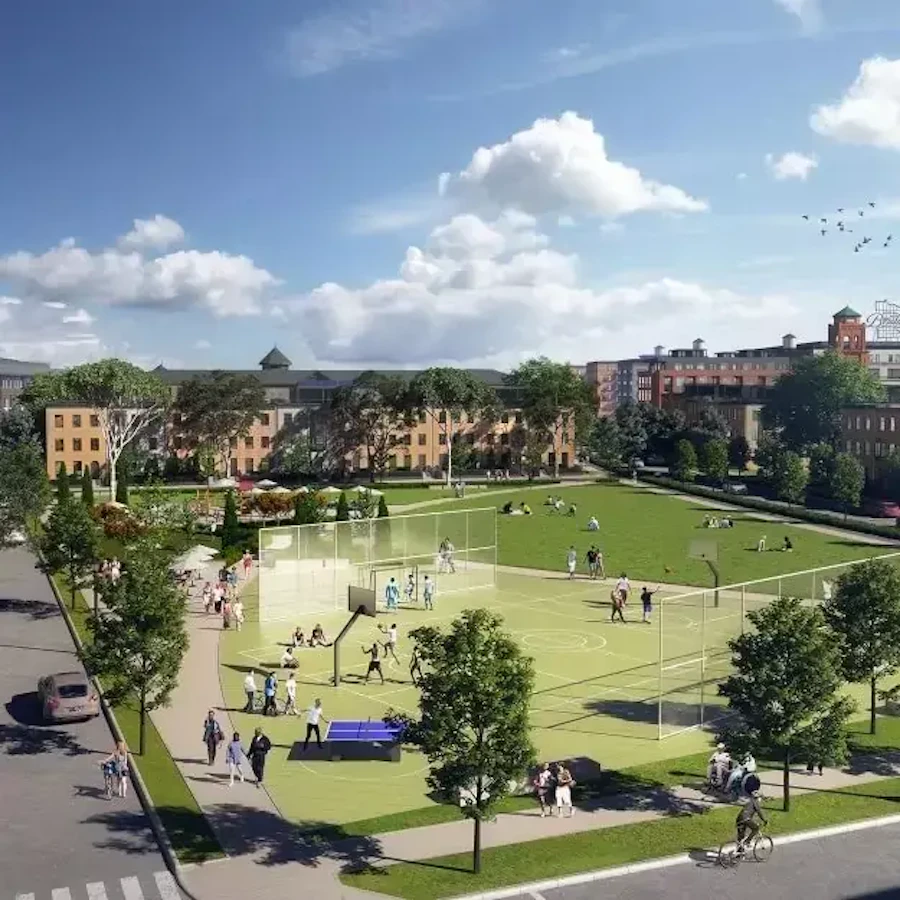
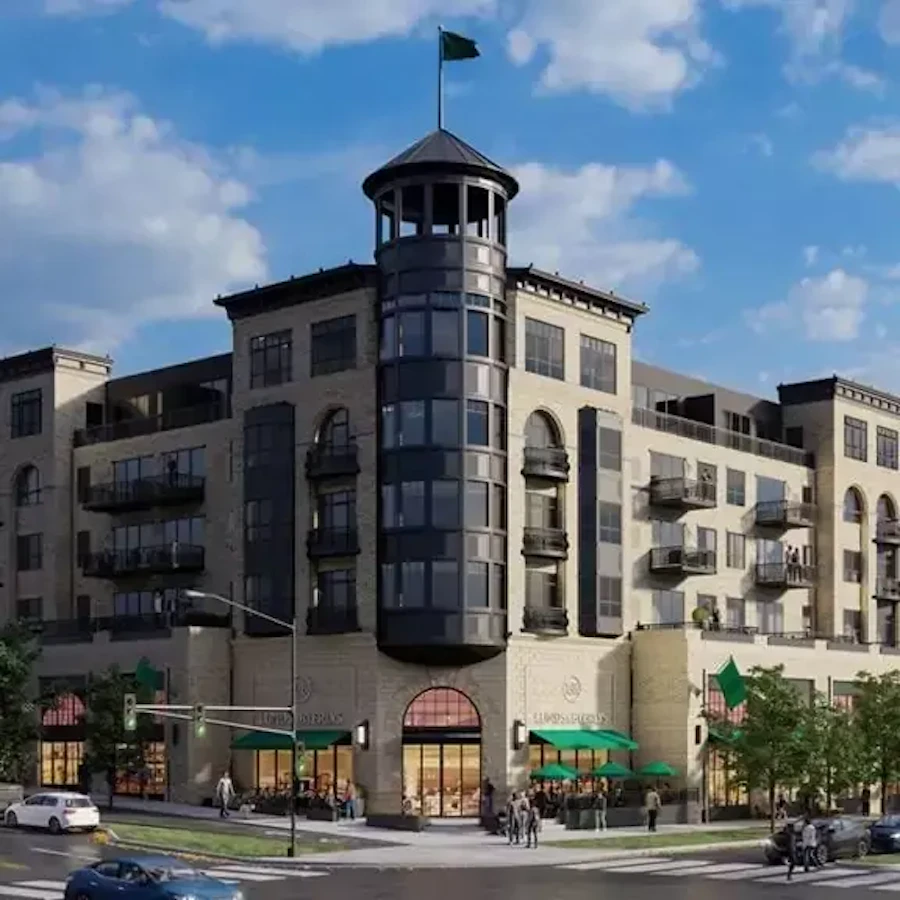
Experience a remarkable commitment to sustainability at the Highland Bridge Development in Minnesota. Discover the diverse ways through which the neighborhood will prioritize environmental well-being.
Electricity throughout Highland Bridge will be available from 100 percent carbon free and renewable sources and the Twin Cities largest urban solar array. The one-megawatt solar array will be built atop a legacy land parcel still owned by Ford Motor Company, located adjacent to Highland Bridge. When fully built, Highland Bridge is expected to consume approximately five megawatts of electricity while Xcel’s adjacent facilities will produce nearly 20 megawatts of renewable energy.
All larger commercial and multifamily residential buildings will be solar-ready and LEED or B3 Certified, as well as comply with SB 2030 and the Saint Paul Sustainable Building Policy. The row homes will be Energy Star and LEED certified and offer an all-electric option for residents. Buildings will use an estimated 30 percent less indoor water and 50 percent less outdoor water compared to typical designs.
Stormwater in Highland Bridge will be collected for onsite treatment including the creative reuse of stormwater in the project’s central water feature. The stormwater system will improve area water quality by capturing 94 percent of total suspended solids and improve the capture of phosphorus by 75 percent. This remarkable stormwater-centered amenity will also be used as public, recreational space for activities including kayaking and ice skating. Combined with almost three acres of biofiltration, the overall system will help regulate the steady, predictable flow of clean water into Hidden Falls Regional Park and the Mississippi River.
Highland Bridge’s stormwater strategy also reconnects and rejuvenates Hidden Falls Creek, which was buried and paved over prior to construction of the original Ford plant. Previously, hard surfaces sent untreated runoff downstream, destabilizing the underground creek and sending untreated water into the Mississippi River. The central stormwater system will reduce the discharge from the site to Hidden Falls by 98 percent.
More than a thousand trees will be planted throughout Highland Bridge, including but not limited to the 50-plus acres of public and open space. Widened boulevard plantings will feature non-invasive species, mostly native. The parks and civic spaces will also include natural, native landscaping selections that will offer changes from season to season. In addition, predicted landscaping will use 50 percent less water than a traditionally irrigated site. Landscaped walking trails will connect to the adjacent trail system and neighborhoods.
A variety of transit options will provide reduced or emission-free alternatives for residents. A minimum of a hundred electric vehicle charging stations will be added to the vertical developments of the site. The entries of all buildings will be within a quarter mile of public transit and it is anticipated that the site will include shared transport options—including a car sharing hub, scooters and other modes of transit. Ten miles of pedestrian and bike paths will be added, along with ample bike parking stalls and infrastructure throughout the development.
To ensure we meet our sustainability goals, all of our homes come with following third-party verified certifications.

The Home Energy Rating System (HERS) Index is the industry standard by which a home’s energy efficiency is measured. It is the nationally recognized system for inspecting and calculating a home’s energy performance.
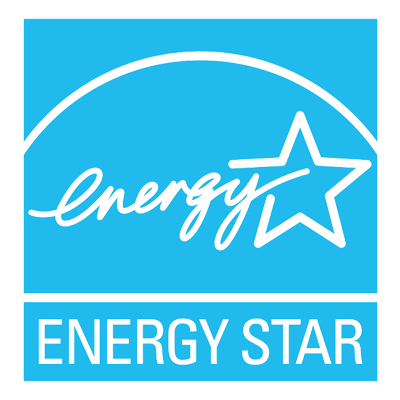
A Federal supported construction standard run by the EPA and DOE, providing certification for homes and buildings that requires at least 15% less energy consumption than current building code requires. All Sustainable 9 homes include this certification.
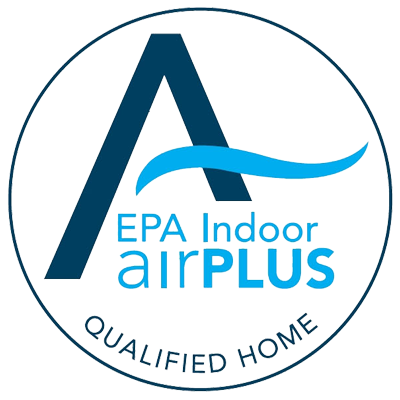
Indoor airPLUS helps new construction home builders improve the indoor air quality by requiring construction practices and product specifications that minimize exposure to airborne pollutants and contaminants. All Sustainable 9 homes include this certification.
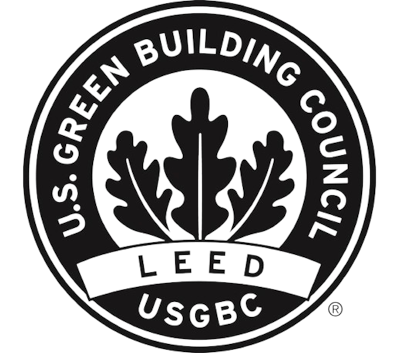
LEED is the world’s most widely used green building program, created by the U.S. Green Building Council (USGBC) as a leadership standard defining best practices for healthy, high-performing green buildings. While typically for commercial buildings, LEED also offers a residential certification that encompasses a broad range of topics.
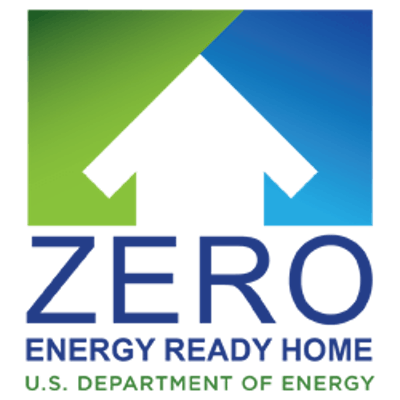
The DOE Zero Energy Ready Home certification further reduces energy consumption of a home such that a renewable energy system could offset most or all the home's annual energy use. It requires rigorous efficiency and performance criteria, and the home be built "solar ready" or have solar installed. Most Sustainable 9 homes achieve this certification.
Build your dream home along the Mississippi River, guided by our team inspired artisans, engineers, and architects are fully committed to crafting innovative and beautiful homes.
